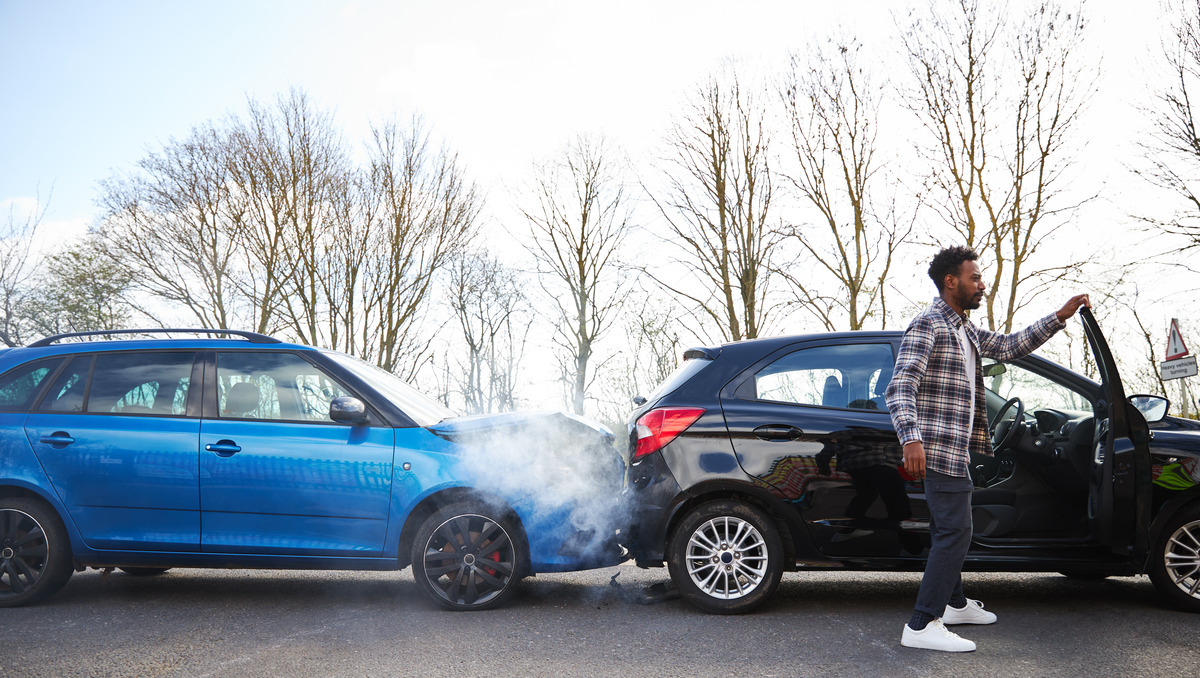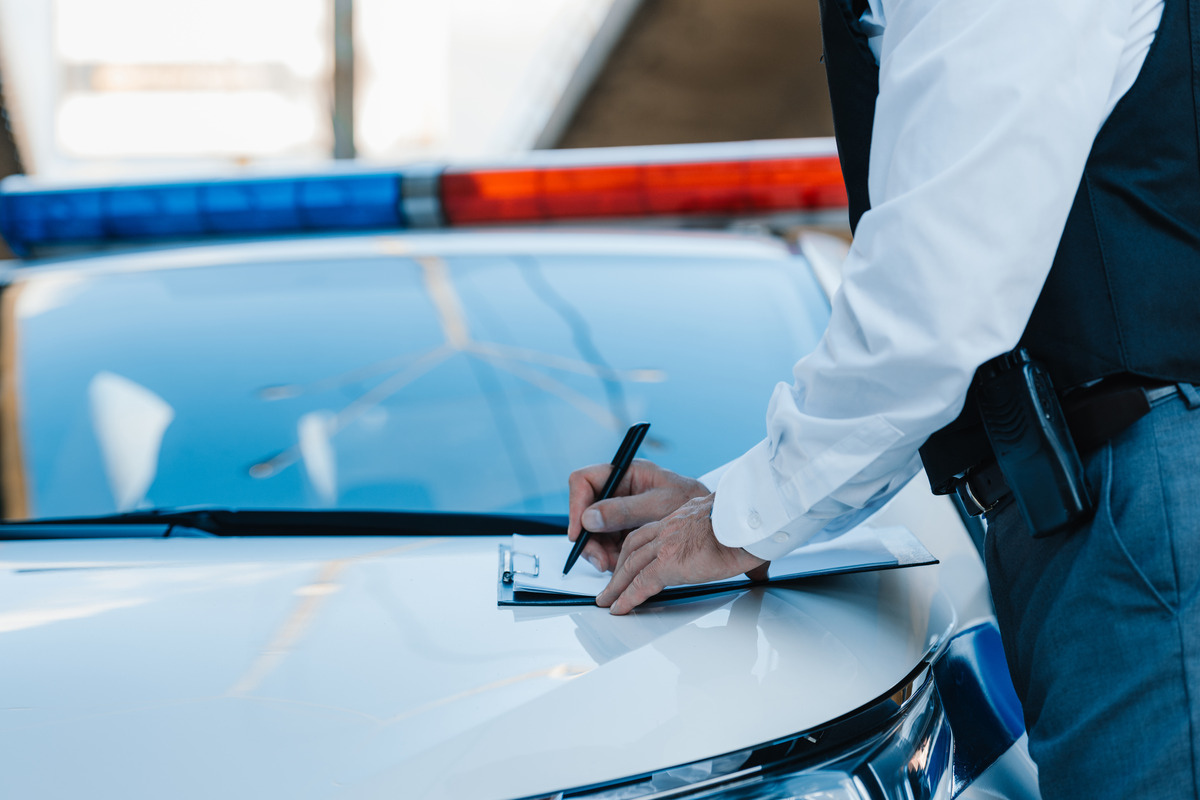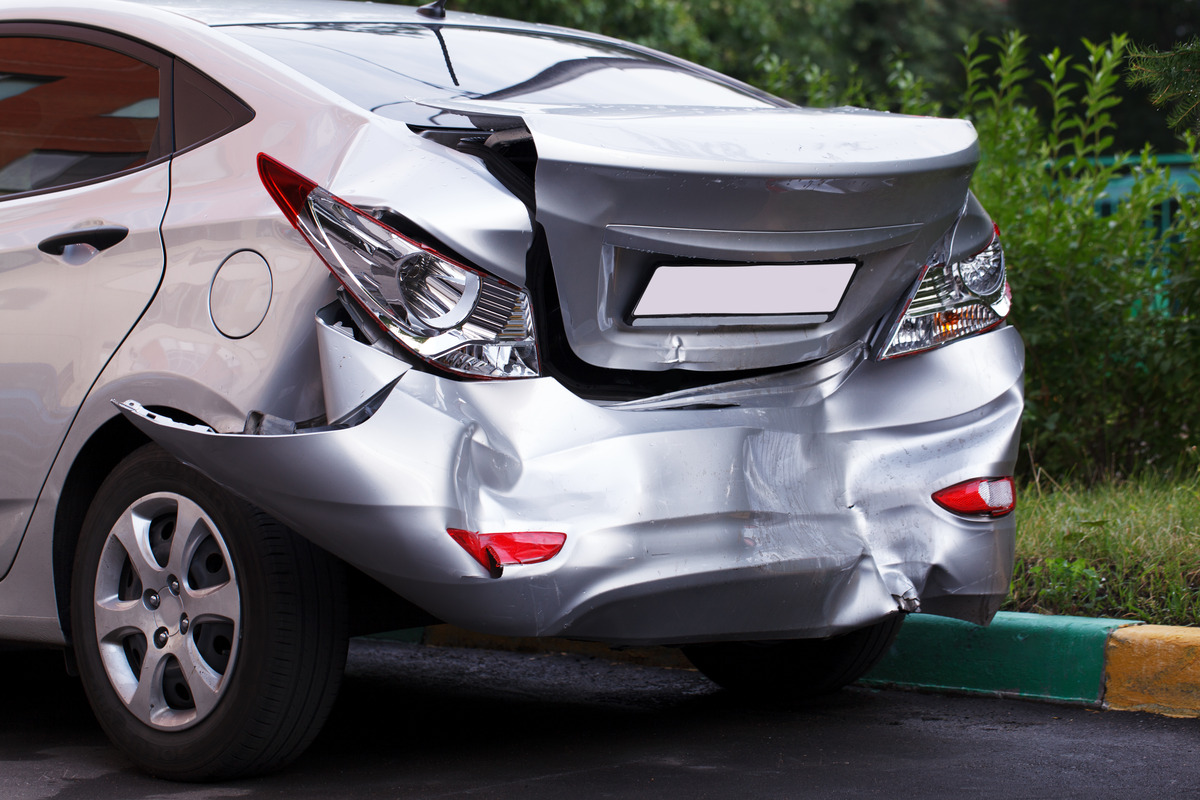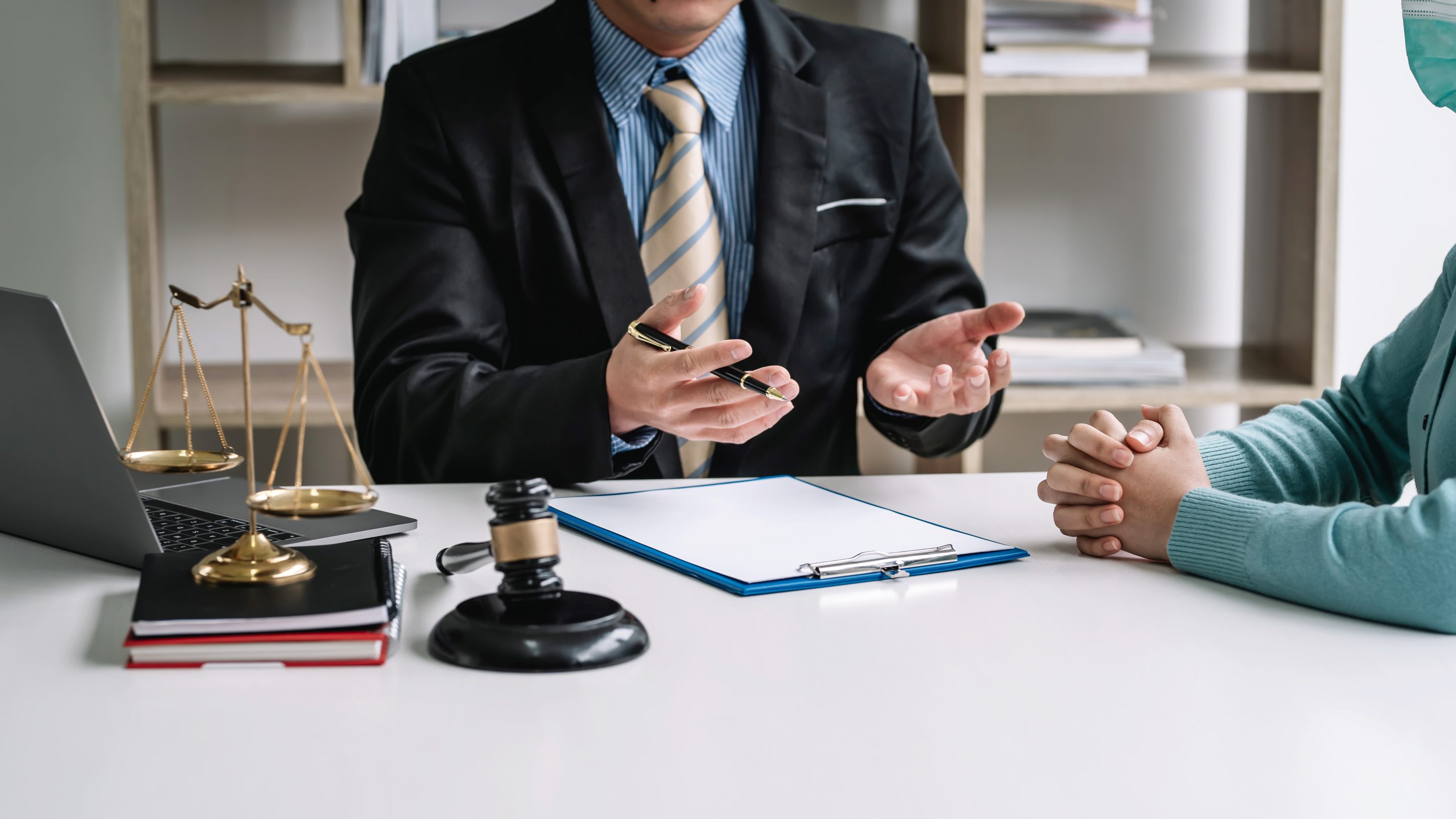How to Prove Fault in a Multi-Vehicle Accident
Multi-vehicle accidents, often called pileups, are complex and can involve several parties with varying degrees of responsibility. Determining fault in such accidents is crucial for securing compensation and holding the responsible party accountable. Whether you were directly involved in the accident or a bystander, proving fault in a multi-vehicle accident can be challenging. In this blog post, we’ll walk you through the steps in proving fault in a multi-vehicle accident, the factors affecting liability, and how an experienced attorney can help you navigate the process.
Understanding Multi-Vehicle Accidents

- Rear-End Collisions: One vehicle rear-ends another, causing a chain reaction.
- Side-Impact or T-Bone Collisions: A car crashes into the side of another, which can set off further collisions.
- Chain-reaction accidents involve multiple vehicles. One vehicle hits another, which then hits a third, and so on.
In these cases, proving fault can be tricky since many factors must be considered. Insurance companies, law enforcement, and attorneys must establish a precise sequence of events to determine who caused the initial collision and whether others contributed to the crash.
1. What Factors Are Considered When Proving Fault in a Multi-Vehicle Accident?
The first step in proving fault in a multi-vehicle accident is to gather all the facts and determine the events that led to the crash. Several factors must be considered, including:
- Traffic Laws: Violating traffic laws, such as running a red light, speeding, or failing to yield, can indicate fault.
- Eyewitness Testimony: Eyewitness accounts can provide crucial evidence in determining the cause of the accident.
- Driver Behavior: Aggressive driving, distracted driving (e.g., texting or using a phone), and driving under the influence of alcohol or drugs are strong indicators of fault.
- Vehicle Condition: A vehicle’s condition, including whether it was properly maintained or had faulty equipment (e.g., brake failure), could play a role in the accident.
- Weather Conditions: Rain, fog, or snow can contribute to accidents, and drivers may be held liable if they fail to drive cautiously under such conditions.
The more evidence you collect, the better your chances of proving fault. This may include police reports, dashcam footage, photographs of the accident scene, and witness statements.
2. How Do You Prove Fault in a Multi-Vehicle Accident?
Proving fault in a multi-vehicle accident requires a thorough investigation and careful analysis of the crash’s circumstances. Here’s how you can start:
A. Collect Evidence
The first thing you should do after a multi-vehicle accident is to ensure that evidence is gathered to support your claim. Below are some essential types of evidence that can help prove fault:

A police report is one of the most critical evidence in any accident claim. Officers will arrive at the scene, investigate, and compile a report summarizing the accident’s details, including statements from involved parties and witnesses, road conditions, and traffic law violations. They may also assign fault or indicate contributing factors such as speeding or distracted driving. This report is valuable for your attorney and insurance company when determining fault.
2. Witness Testimonies
Eyewitness accounts can provide insight into the events leading up to the crash. Witnesses can help clarify who was at fault or describe the driving behavior of the parties involved. If there are bystanders who observed the accident, gather their contact information for your attorney and insurance company.
3. Photographic Evidence
Photographs of the accident scene are instrumental in establishing liability. Please take pictures of all vehicles, locations, skid marks, traffic signs or signals, and weather conditions. If you have a dashcam, this footage could provide an even more comprehensive view of what occurred before the collision.
4. Dashcam or Surveillance Footage
If you or another driver involved in the accident has a dashcam, this footage could provide a clear view of the accident. Many accidents are caught on nearby surveillance cameras or business security cameras. If the accident occurred near any commercial buildings or intersections with cameras, your attorney can assist in requesting the footage for use in your case.
5. Black Box Data
In modern vehicles, event data recorders, commonly known as “black boxes,” collect data from a vehicle’s speed, braking patterns, and other critical details before and during a crash. This data can provide strong evidence to prove fault, particularly if you suspect that vehicle malfunction or driver behavior contributed to the accident.
6. Vehicle Damage Assessment

The damage to the vehicles involved in the accident can tell a story about the nature and cause of the crash. For instance, if a rear-end collision occurred, the car at the front might show signs of braking, while the rear vehicle may have damage from an impact, indicating excessive speed or tailgating. A detailed assessment from an auto body expert can assist in determining the sequence of events based on vehicle damage.
B. Understand the Role of Insurance Companies
While insurance adjusters will assess fault, having an attorney by your side is often beneficial to ensure that your version of the events is adequately represented. An experienced lawyer will gather all the evidence, consult with accident reconstruction experts if necessary, and fight to ensure you are not unfairly blamed for the accident.
3. Can You Be Partially At Fault in a Multi-Vehicle Accident?
In many cases, more than one party can be partially responsible for a multi-vehicle accident. This is where the concept of comparative negligence comes into play. In a multi-vehicle accident, each driver may be partially to blame for the crash.
For example, one driver might have caused the initial collision by rear-ending another vehicle. In contrast, a second driver might have contributed by changing lanes unsafely or failing to brake in time. In this case, fault would be shared among the parties involved, and each driver would be responsible for their percentage of fault.
In states that follow comparative negligence, like Georgia, the amount of damages you can recover may be reduced based on your level of fault. For instance, if you are found to be 20% responsible for the accident, your compensation will be reduced by 20%.
It’s important to note that in some cases if you are found to be more than 50% at fault, you may be barred from receiving any compensation. This makes it even more crucial for an experienced attorney to argue your case and ensure you are not unfairly held responsible.
4. What Should You Do Immediately After a Multi-Vehicle Accident?
The steps you take immediately after a multi-vehicle accident can significantly impact proving fault and protecting your rights. Here’s a step-by-step guide on what to do after the accident:
A. Ensure Safety and Seek Medical Attention
First, ensure that you and any passengers are safe. Move to a secure location and check on the well-being of others involved in the accident. If anyone is injured, call 911 immediately to get medical help. Even if you don’t feel injured, it’s wise to get checked out by a medical professional because some injuries (like whiplash) may not be immediately apparent.
B. Gather Evidence and Document the Scene
As mentioned earlier, collecting evidence is essential. This includes photographing, getting witness contact information, and securing the police report. Write down the accident details as soon as possible while the events are still fresh in your mind.
C. Contact Your Insurance Company
Be careful about what you say to your insurer—avoid admitting fault or making any statements that could be used against you later. Stick to the facts and let your lawyer handle detailed conversations with the insurance adjusters.
D. Contact an Experienced Personal Injury Attorney

The complexity of multi-vehicle accidents means it’s best to consult an attorney specializing in car accidents and personal injury. An experienced lawyer can guide you through the legal process, help gather evidence, and negotiate with insurance companies to ensure you receive fair compensation for medical bills, vehicle damage, lost wages, and other damages.
5. How Long Do You Have to File a Claim for a Multi-Vehicle Accident?
The time frame for filing a claim after a multi-vehicle accident depends on your state’s statute of limitations. In Georgia, the statute of limitations for personal injury claims is generally two years from the accident date. You have two years from the crash date to file a lawsuit if needed.
However, beginning the claims process as soon as possible is crucial. The longer you wait, the harder it becomes to gather evidence, track down witnesses, and build a solid case. Additionally, evidence such as surveillance footage and vehicle damage can disappear over time.
Conclusion
Proving fault in a multi-vehicle accident is often complicated and requires a detailed investigation and unmistakable evidence. By gathering eyewitness statements, police reports, photographs, and expert assessments, you can establish a strong case that helps determine who is liable for the accident.

Don’t wait – Contact Roxell Richards Law Firm today for a free consultation and get the help you need to prove your fault and secure the compensation you deserve.
Roxell Richards Injury Law Firm
6420 Richmond Ave. Ste. #135
Houston, TX z7057
Phone: (713) 974-0388
Fax: (713) 974-0003
